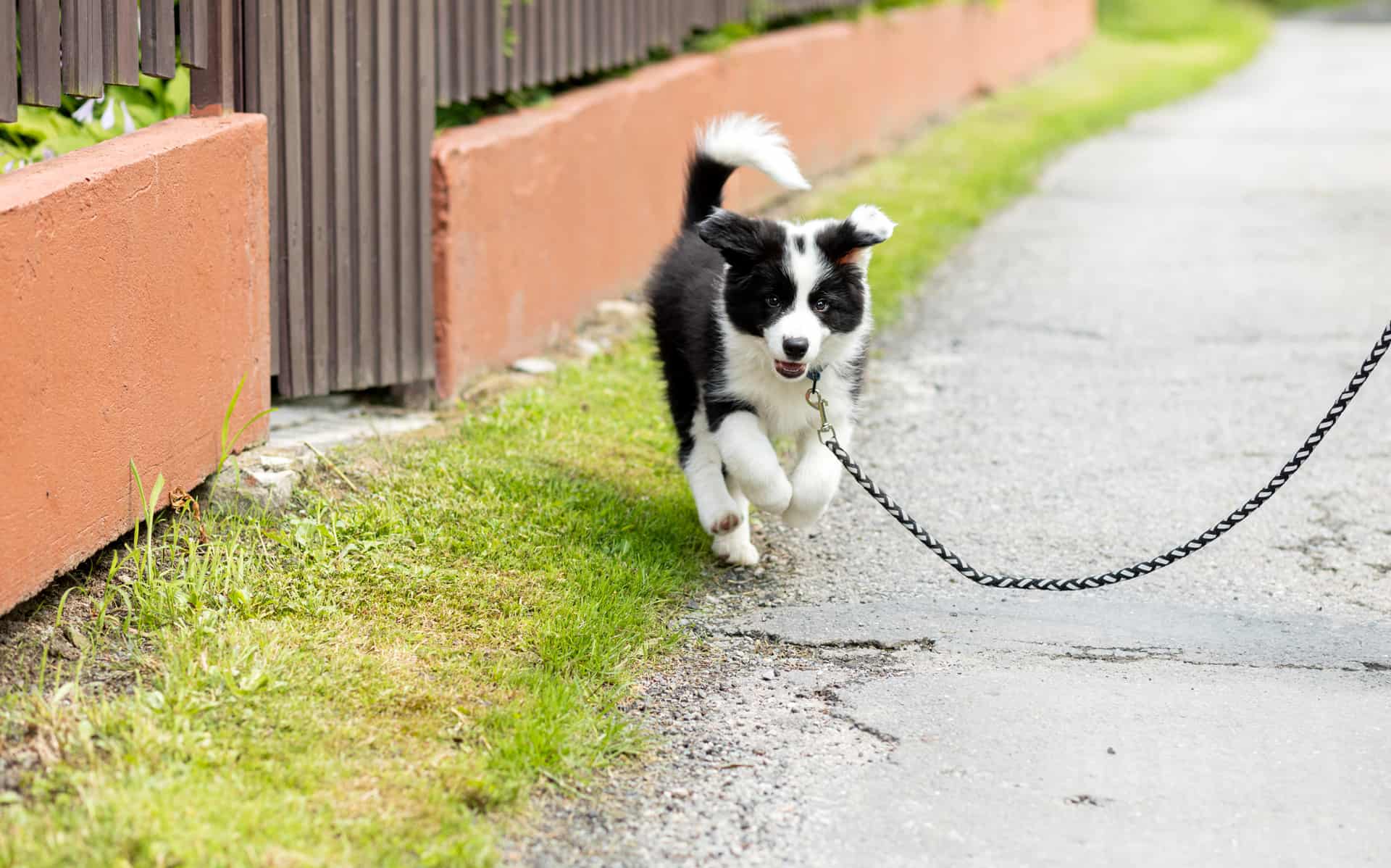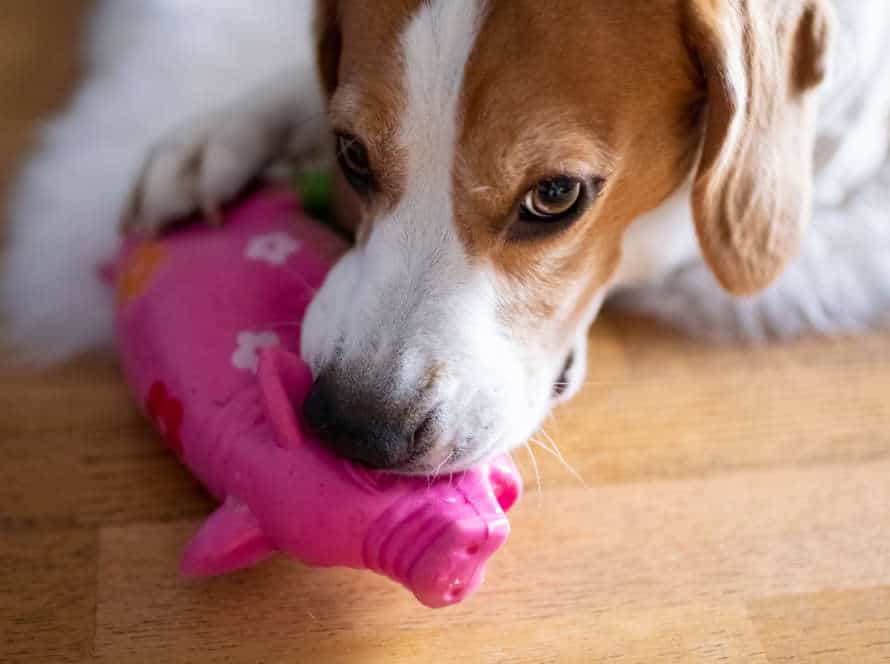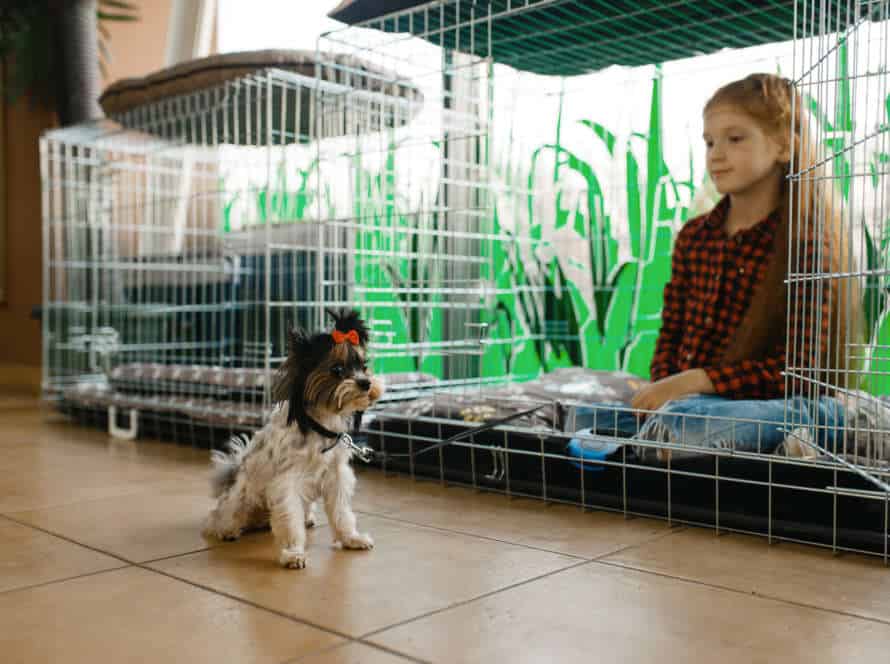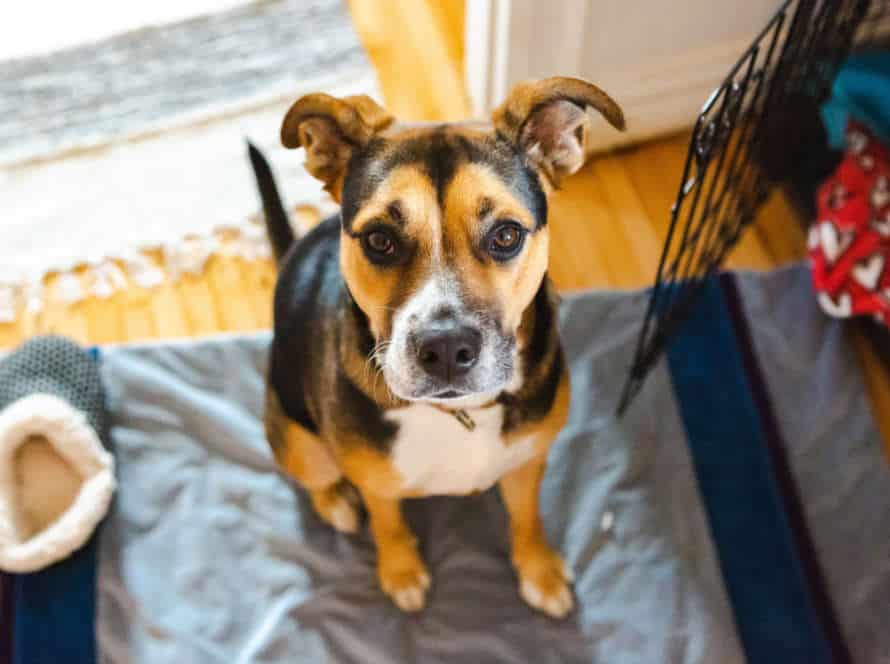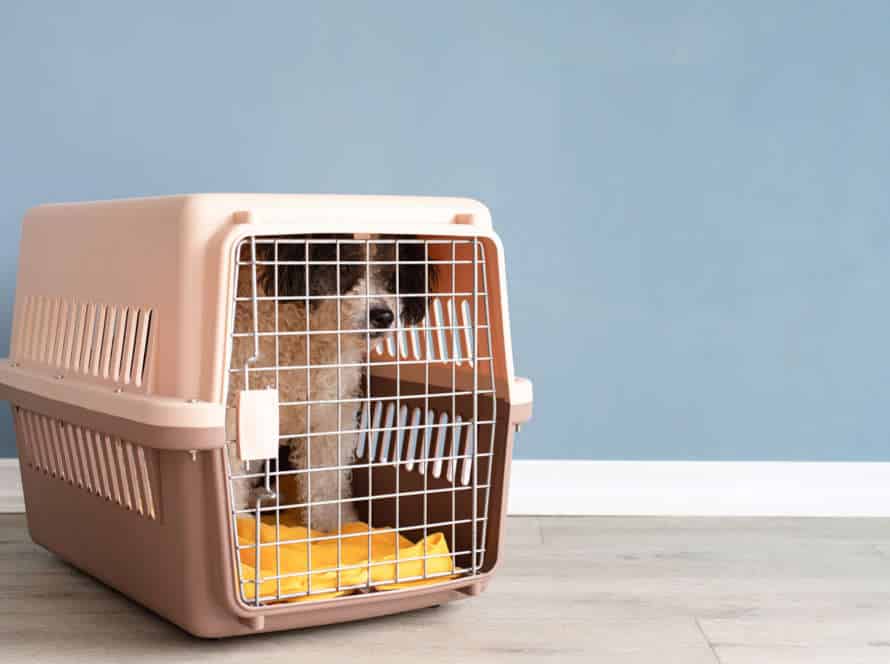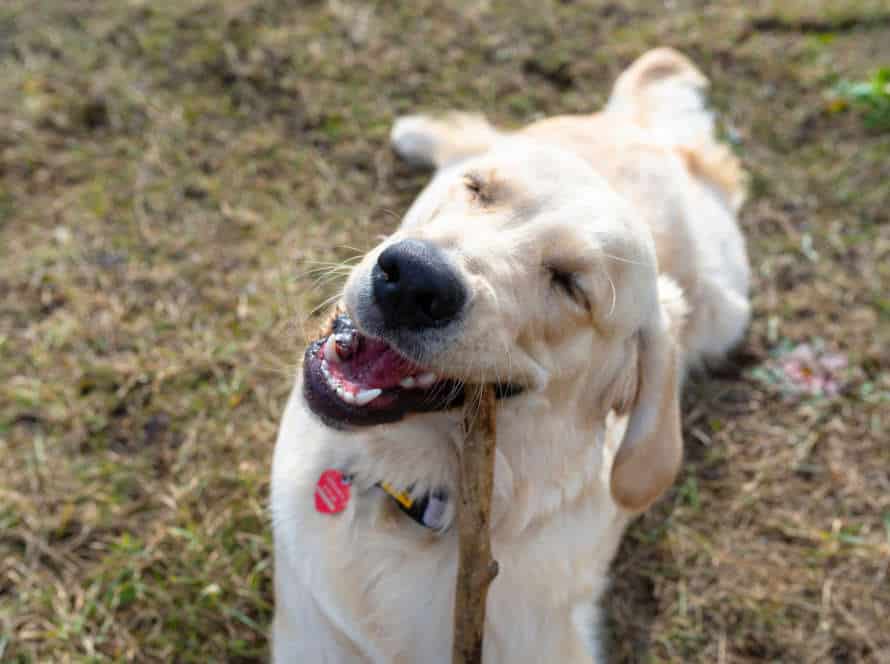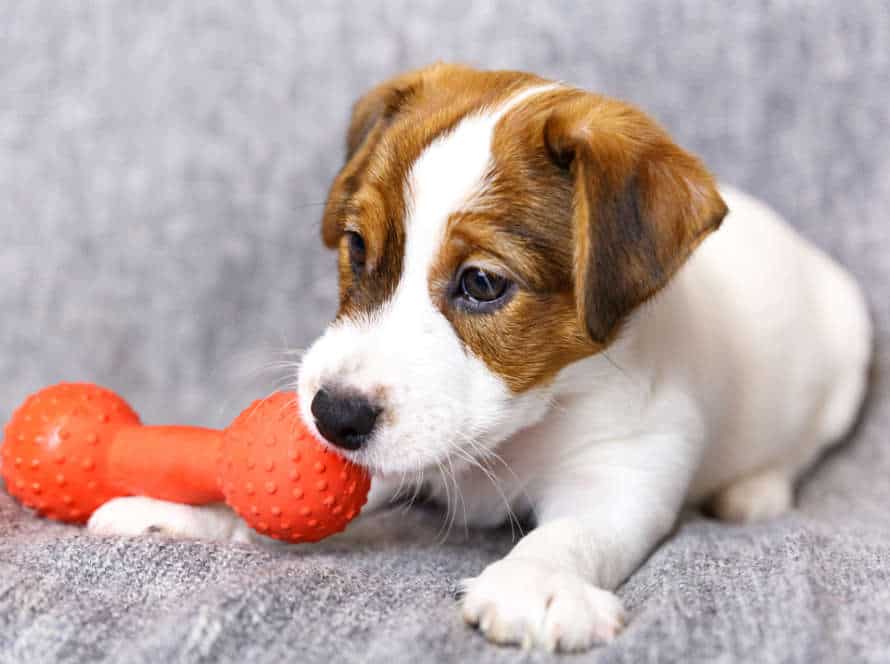Common Leash Introduction Mistakes
Leash introduction is key when a new pet joins your home. Lots of people make mistakes during this process – leading to a stressful environment for pets and owners. Let’s explore the most common leash introduction blunders and how to avoid them.
Using a retractable leash
Retractable leashes can offer more flexibility when walking a dog, but it’s essential to use them in the right way for both the pup and their owner’s safety. To avoid typical leash introduction mistakes, here’s what to do:
- Thoroughly read the instructions and get to know the locking system before using the leash.
- Begin with a short leash and gradually increase the distance.
- Lock it in dangerous or high-traffic areas for your dog’s protection.
- Refrain from jerky movements that could alarm or injure the pup.
- Pay close attention to the dog during walks and always supervise their behavior.
Rushing the introduction process
Leash training dogs can be tricky, and rushing the introduction process can lead to problems later. This is because if the leash is introduced too quickly, your pup may develop negative associations with it, such as fear and aggression. Additionally, they may not learn to link the leash with positive things like walks and outdoor time.
To avoid rushing the introduction: gradually introduce the leash, making it a positive experience. Let your dog sniff and investigate it first. Then attach the leash for short periods of time and reward them with treats and praise. Go slow and respond to their needs and reactions.
Not using positive reinforcement techniques
Not using positive reinforcement can lead to mistakes when training your dog to walk on a leash. Avoid:
- Pulling the leash – don’t yank! Instead, stop and wait for them to calm down. Give treats when they take a step towards you.
- Using a retractable leash – use a standard leash instead, which provides better control.
- Not being consistent – the training should take place regularly, so they understand what you’re trying to communicate.
- Using verbal or physical punishment – this can harm behavior. Use verbal cues & positive reinforcement.
Remember: Gentle & positive techniques give better results!
How to Avoid Leash Introduction Mistakes
Leash introductions are vital when adding a pup to a home or area. Do it right and with less stress for the pup! But, plenty of people get it wrong. This article has advice on how to avoid their errors. Follow these tips!
Choosing the right leash and collar for your dog
Choosing the right leash and collar for your pup is key for their safety and ease during walks. Here are some points to think about:
Leash:
- Flat leash: This is the regular and flexible type of leash. A 6-foot flat leash made of nylon or leather is a great pick for most dogs.
- Retractable leash: Retractable leashes offer your pup more liberty to wander, but keep in mind that they can be risky if not used properly. Avoid using retractable leashes in busy places.
- Martingale leash: This type of leash tightens when your pup pulls, stopping them from slipping out of the collar. Martingale leashes are perfect for dogs with narrow heads, such as greyhounds.
Collar:
- Flat collar: Flat collars made of nylon or leather are the typical kind of collar. They are ideal for everyday wear and have space for ID tags.
- Martingale collar: Martingale collars tighten when your pup pulls, hindering your pup from slipping out. They are great for dogs with thin head and necks.
Harness:
Harnesses are a good option for dogs that have breathing problems or pull on the leash. They help stop choking and pressure on the neck.
Remember to select a leash and collar suitable for your pup’s size, temperament, and activity level, and always supervise your pup when using a leash.
Gradual introduction to the leash and collar
Introducing the collar and leash gradually is essential for leash training your pup. Avoiding mistakes during this process can prevent issues such as fear, aggression, or anxiety. Common mistakes and how to prevent them include:
- Don’t rush the introduction. Gradually get your pup used to the gear.
- Choose the correct gear. Invest in a properly fitted collar and leash.
- Don’t use force. Use positive reinforcement instead.
To help your dog feel confident when walking, introduce the collar and leash gradually. Treats and positive reinforcement are helpful. Plus, patience is key. Pro Tip: Start by holding the collar and leash near your pup, and slowly move from there.
Implementing positive reinforcement techniques during the introduction
Introducing Your Pet to a Leash: Tips to Make It Easier
Introducing your pet to a leash can be challenging. But, positive reinforcement techniques can help make it easier for you and your furry friend. Here are some tips to keep in mind:
- Start Indoors: Wear the harness and leash for short periods. Increase the duration gradually.
- Stay Positive: Give treats and compliments to reward good behavior. This helps your pet link the leash to great experiences.
- Fit Comfortably: Make sure the harness and leash fit comfortably and securely. Poor fitting will be uncomfortable or painful, making your pet less cooperative.
- Practice in Safe Areas: When you’re ready to move outdoors, practice in safe, fenced areas with minimal distractions. Introduce new places as your pet grows more comfortable.
Patience and positive reinforcement are essential. With practice, your pet will soon be walking with you!
Techniques for a Successful Leash Introduction
Introducing pets with a leash can be a great experience. But many folks make mistakes which results in bad experiences. We’ll help you not do the same! Here are some of the most frequent blunders and how to avoid ’em. Plus, we’ll explain proper methods that’ll guarantee a successful leash introduction.
Start indoors in a low-stress environment
Begin your pup’s leash training inside a calm atmosphere. This is very important for a successful first leash experience. Training indoors will make your pup view the leash in a positive way, making it much easier to take him out on a leash.
Remember these tips:
- Create a nice connection to the leash. Place it near where your pup hangs around and put treats close by so he feels comfortable.
- Start with short sessions: 5-10 mins. Gradually increase this time as he gets used to the leash.
- Limit distractions: During the first leash training, keep all distractions away.
- Be patient and reward your pup: Even small successes deserve rewards. Patience and rewards will help during training.
By following these steps, you can make your pup feel good with the leash and ready to explore the great outdoors.
Use treats and positive reinforcement to create a positive association
Introducing your pet to a leash can be successful, with treats and positive reinforcement! Here’s how:
- Begin in a neutral area, free of distractions. Let your pet sniff and explore the leash.
- Once they seem okay with it, attach it to their collar and give them a treat.
- Do short walks with them on the leash. Reward them for following your lead.
- Patience and consistency are key. Gradually increase the length and complexity of your walks.
- Remember, every pet is different. Adjust your techniques and celebrate every success!
Gradually move to more distracting environments
Leash training is important, but there are common mistakes that can slow progress. To avoid these, take it slow and introduce your pup to the leash in a gradual way. Here’s how:
- Start inside or in a quiet outdoor spot for your dog to become accustomed to the leash.
- Then, move to slightly more distracting places, such as your backyard or a park with few distractions.
- Step up the level of distractions as you go.
- Keep an eye on your pup’s body language and behavior and adjust training as needed.
Pro tip: Use treats and praise to build a positive association with the leash.
Troubleshooting Common Issues in Leash Introduction
Leash Introduction is a usual practice when introducing a pet to your home. But, some people make mistakes which can cause the pet to be anxious or aggressive. This can cause a not-so-nice relationship between you and your pet. To prevent this, it’s important to know what those common mistakes are. Let’s take a look at them and how to avoid them.
Pulling and resistance to the leash
Introducing a leash to your pup can be tricky. But don’t worry! There are ways to make the process easier.
Start by having your dog walk close to you indoors, while holding the leash. Give them treats and praise as they do so.
Then, take it outside and repeat the same process. Gradually increase the distance and duration of the walk. If your pup pulls, stand still until they stop. Reward them when they calm down.
Use positive reinforcement and treats to prevent pulling. Also, choose an appropriate leash size and weight for your pup. A retractable leash is helpful for training and letting your pup explore.
By following these steps, leash introduction can be an enjoyable experience!
Fear or anxiety related to the leash
Fear with leashes is common with new doggy pals. As a pet parent, it’s vital to recognize what is scaring them and use kindness and patience. Here are some common blunders when introducing leash and ways to avoid them:
- Don’t use a too-tight or too-long leash.
- Don’t yank the leash or scold them for not following commands.
- Don’t rush or go to unfamiliar places.
Here are some tips to help your pup feel comfy with the leash:
- Use a leash that fits and let them get used to wearing it at home or in the yard.
- Use positive reinforcement like treats and praise for good behavior.
- Start with short walks in known places and increase the distance and difficulty gradually.
Note: Every dog is different and it might take time to get over leash fear. A tip: Consistency and positive reinforcement are the key to success in leash training.
Adjusting for different dog personalities and learning styles
When introducing a leash to a dog, it’s vital to adjust for their unique personality and learning style. Here are some mistakes to dodge:
- Don’t pull on the leash. This can create tension and make your pup anxious. Let them explore and progress at their own speed.
- Don’t react to distractions. Your pup could be easily startled. Stay cool and redirect their attention with treats or toys.
- Don’t ignore your pup’s needs. If they don’t feel comfy, take a break and try again later.
Be patient and adjust to make the experience pleasant for you and your pup!
Frequently Asked Questions
Q: What are common leash introduction mistakes?
A: Common leash introduction mistakes include using the wrong type of leash, not properly fitting the leash, not introducing the leash gradually, and not teaching basic leash commands.
Q: What type of leash is best for introducing a dog to walking on a leash?
A: A lightweight, 6-foot leash made of nylon or leather is best for introducing a dog to walking on a leash.
Q: How can I properly fit a leash on my dog?
A: A properly fitting leash should be snug but not tight, with enough space for two fingers to fit between the leash and the dog’s neck or body.
Q: How should I introduce a leash to my dog?
A: Begin by placing the leash on the ground and letting the dog sniff it. Then, attach the leash to the dog’s collar and let them drag it around inside the house before attempting to walk outside.
Q: What are basic leash commands that I should teach my dog?
A: Basic leash commands include “heel,” “sit,” “stay,” and “come.”
Q: How can I avoid common leash introduction mistakes?
A: To avoid common leash introduction mistakes, choose the right type of leash, properly fit the leash, introduce the leash gradually, and teach basic leash commands.

